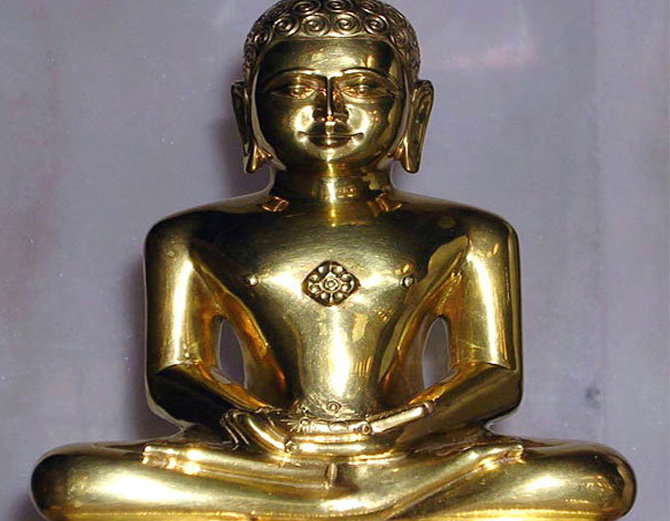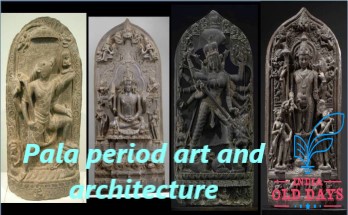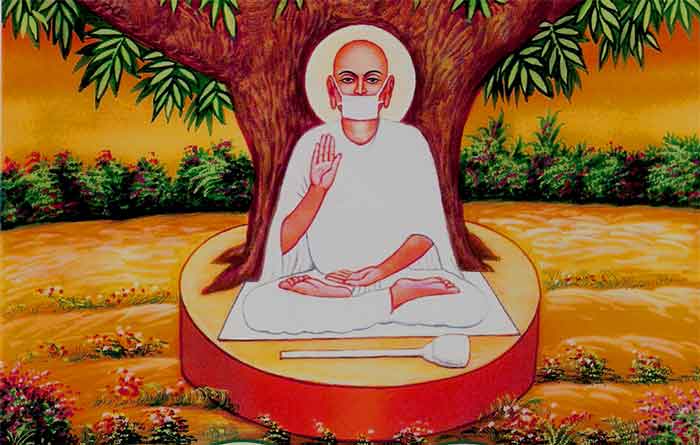Sanchi’s Mahastupa(Emperor Ashoka)
Sanchi is a small village on the banks of the Betwa River in Raisen district, Madhya Pradesh state.
Sanchi is located in the central part of Madhya Pradesh. There are many Buddhist monuments here, Which is between from the third century BC from the twelfth century period.

The great main stupa of Sanchi, originally Emperor Ashoka the Great, was built in the third century BC. At its center was a semicircular brick-built structure, In which some relics of Lord Buddha were kept. At its peak was a parasol symbolizing the high honor given to the monument.
With the decline of Buddhism in India, the Stupa at Sanchi reached a fragmented state.
Vishnu Temple of Sanchi.
The stupa occupies one place in the second century BC was sabotage. This incident is believed to be of the time of the Sunga emperor Pushyamitra Sunga. It is believed that Pushyamitra demolished the stupa and later it was renovated by his son Agnimitra.
In the last years of the Sunga dynasty, the original form of the stupa was almost doubled from the stone rocks. Its dome was made by flattening it from above, three umbrellas were made over it, one above the other. These canopies were built within a square munder. With its many floors, the wheel of law, a symbol of religion, was placed on its peak. This dome was mounted on a high circular drum shaped construction. It was one two-floors can reach from stairs above . The second stone
circumference at the ground level was surrounded by a circle. Many pylons were made towards the main directions in between it. The second and third stupa buildings appear to have been built in the Sunga period, But according to the inscription found there, the high level ornate archway was not of Sunga period. Along with this, the stone level stone circumference and the stone foundation stone of the Great Stupa are also the construction of the same period.
The incidents of the Buddha’s life at Sanchi Stupa are depicted related to daily life style. In this way, the viewer can understand the life of Buddha and his speech well. In these stone carvings, Buddha is never depicted in human form. Rather, the artisans gave him a horse, on which he had abandoned his father’s house, Somewhere his footprints, somewhere under the Bodhi tree, where he attained enlightenment are depicted. Greek clothing is also visible in the paintings on the borders of Sanchi walls. It has Greek textiles, postures and instruments used in the ornamentation of the stupa.
There is also another world famous place, Bhimbetka in Raisen district. There are many small and large stupas, of which stupa number 2 is the largest. The greenery around is amazing. Many pylons surrounding this stupa have also been built. There are also many miniature stupas near Stupa No.1, a secret stone stone pillar near them. These are symbols of love, peace, faith and courage.
Reference : https://www.indiaolddays.com





